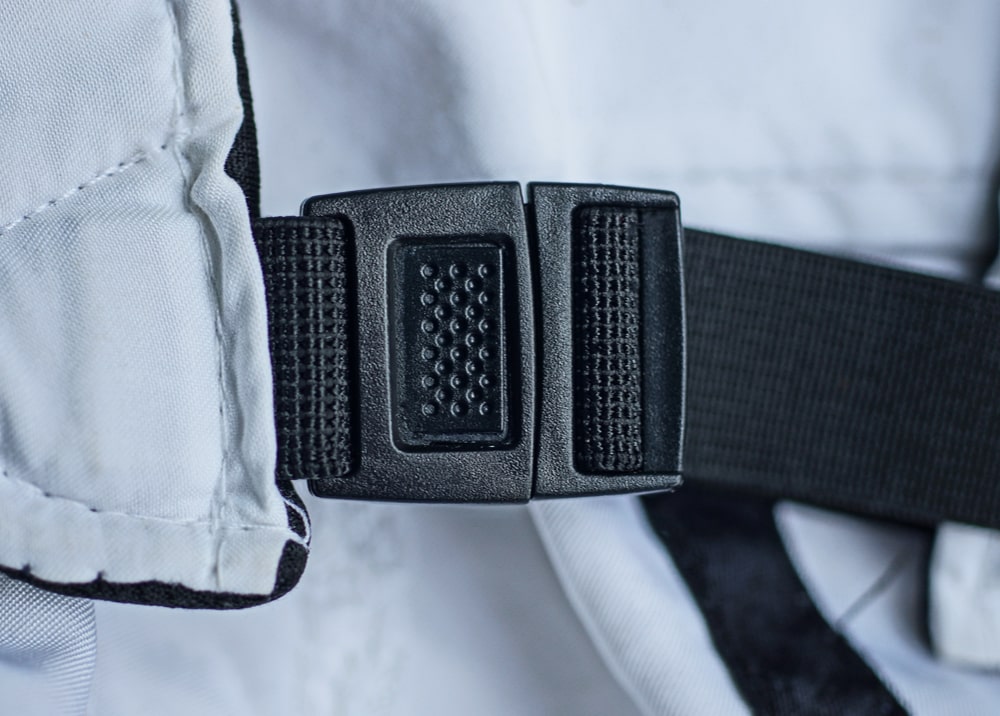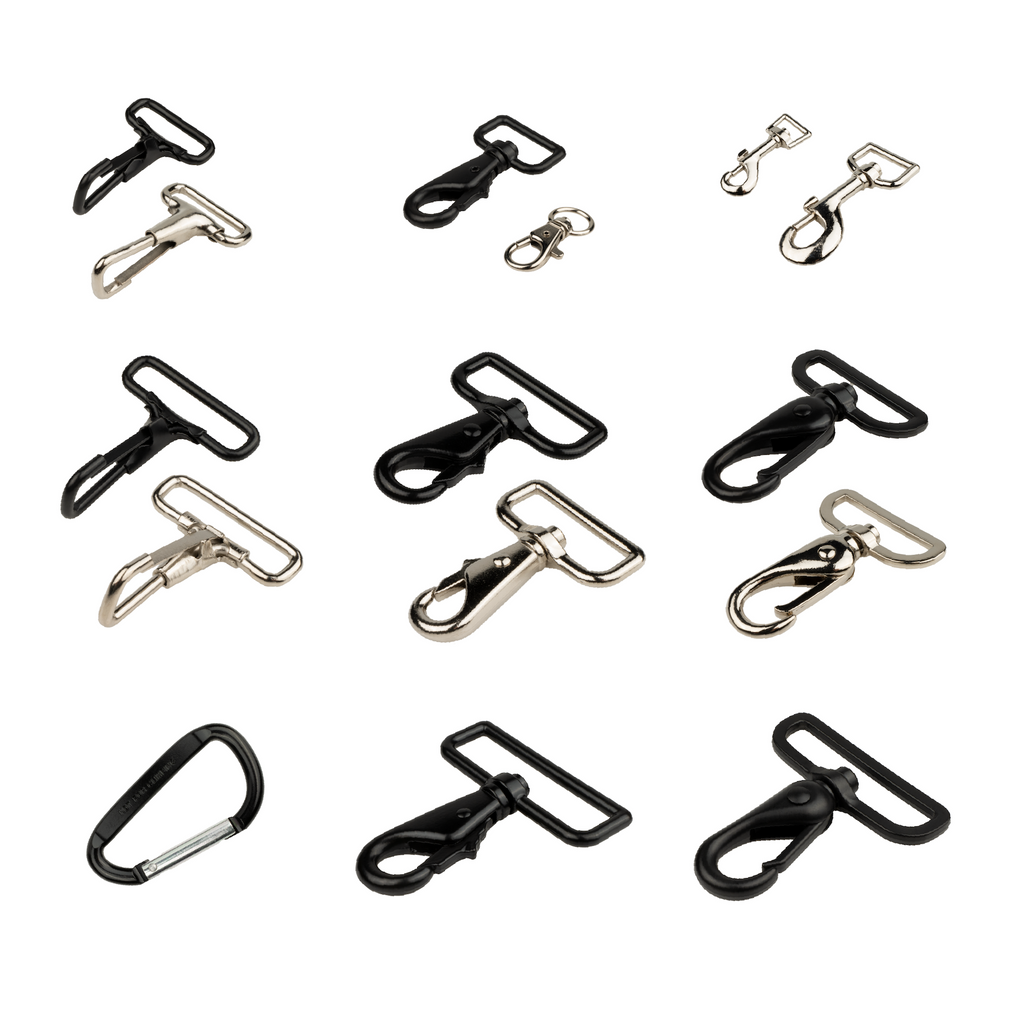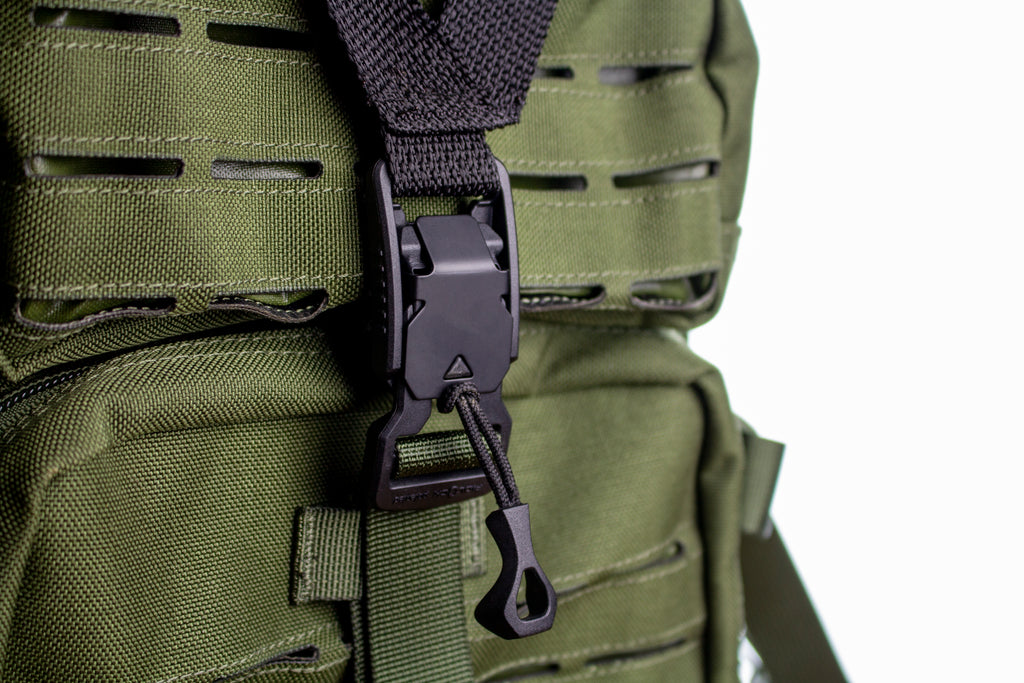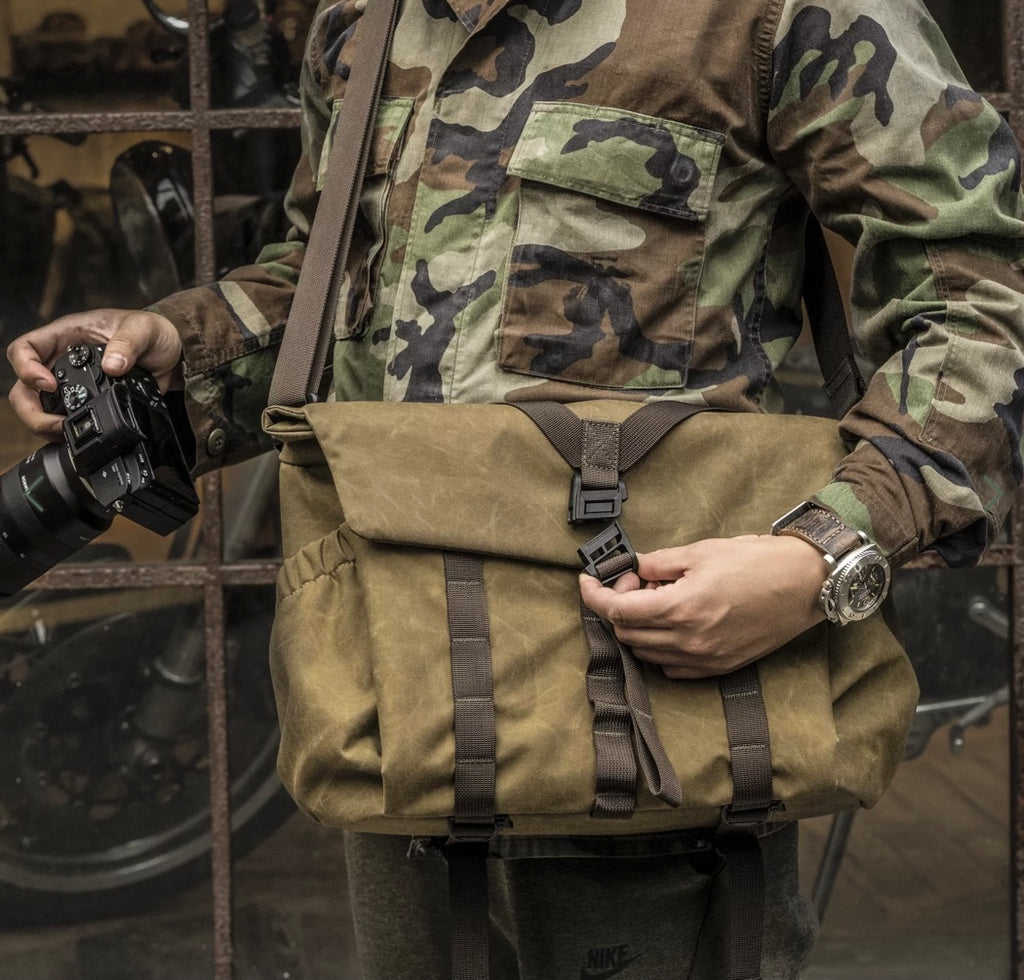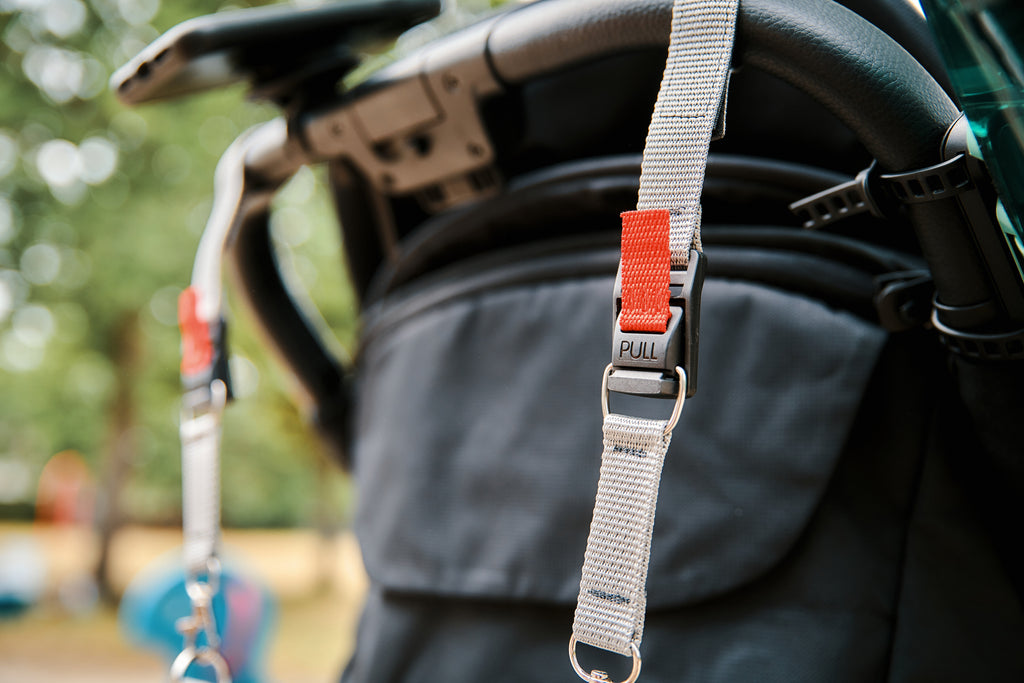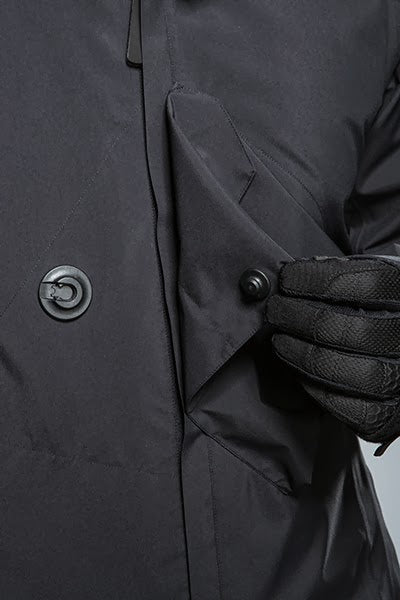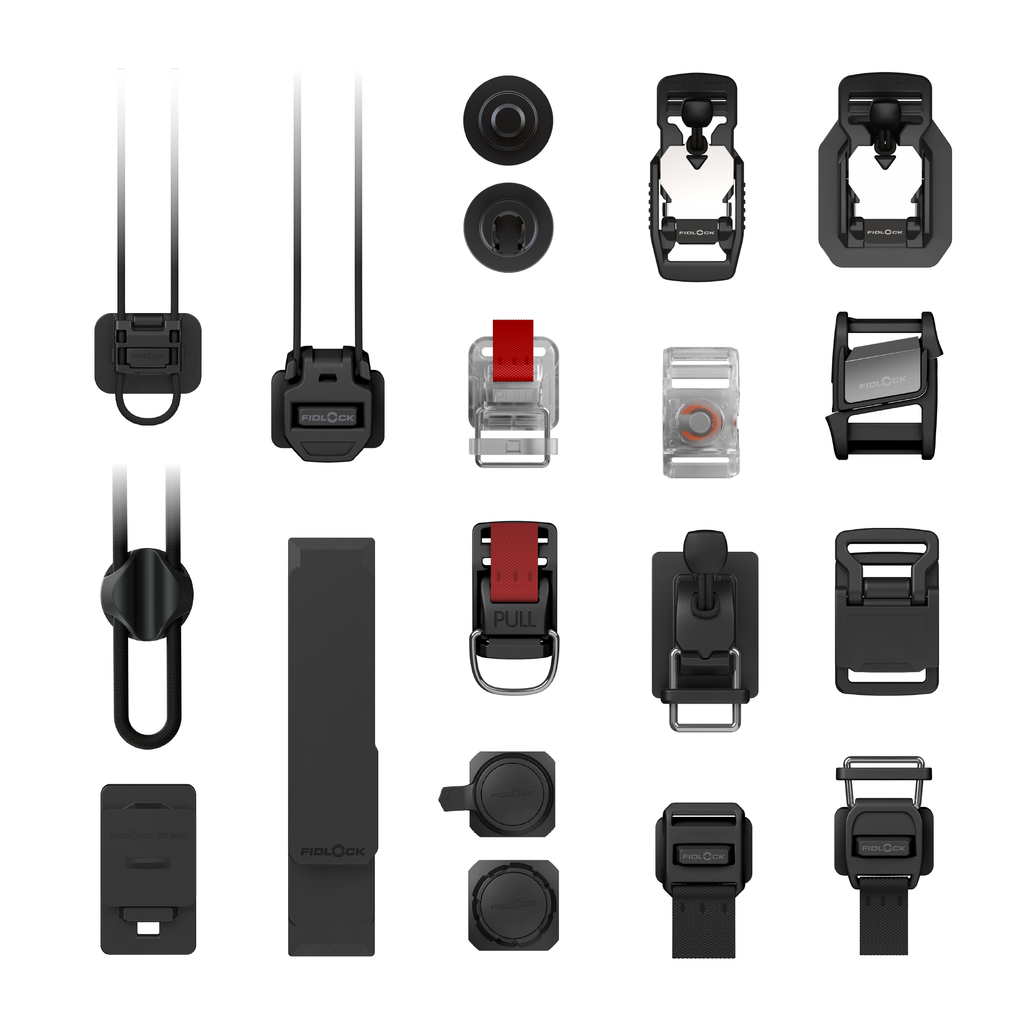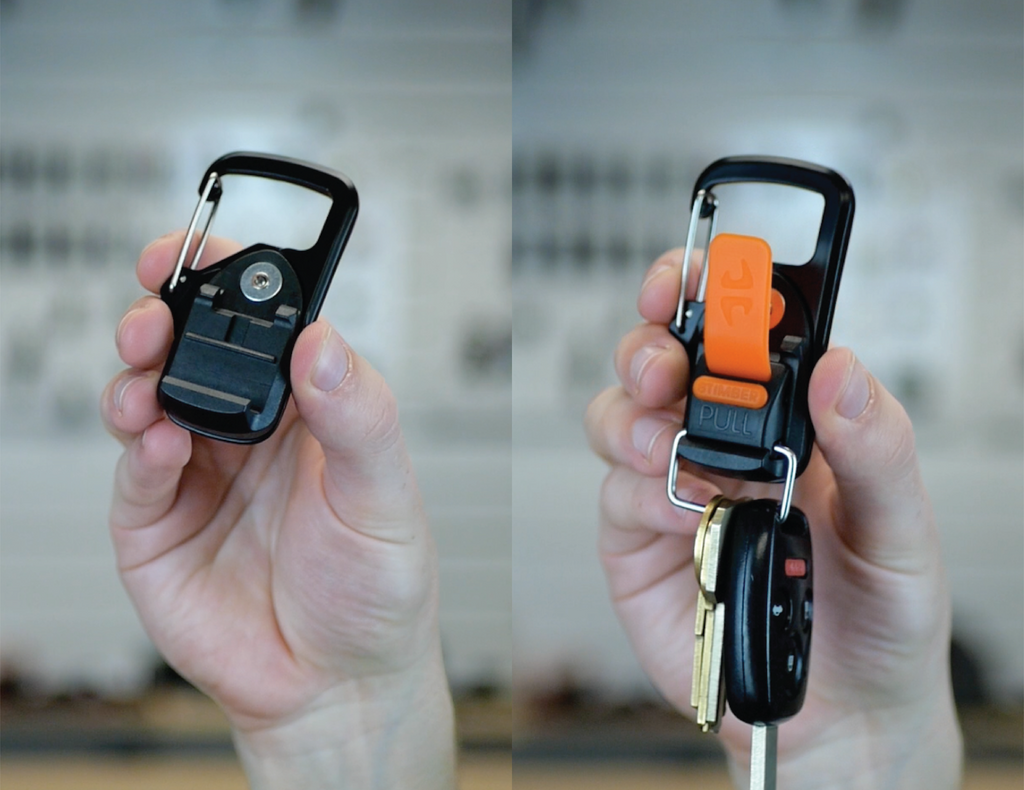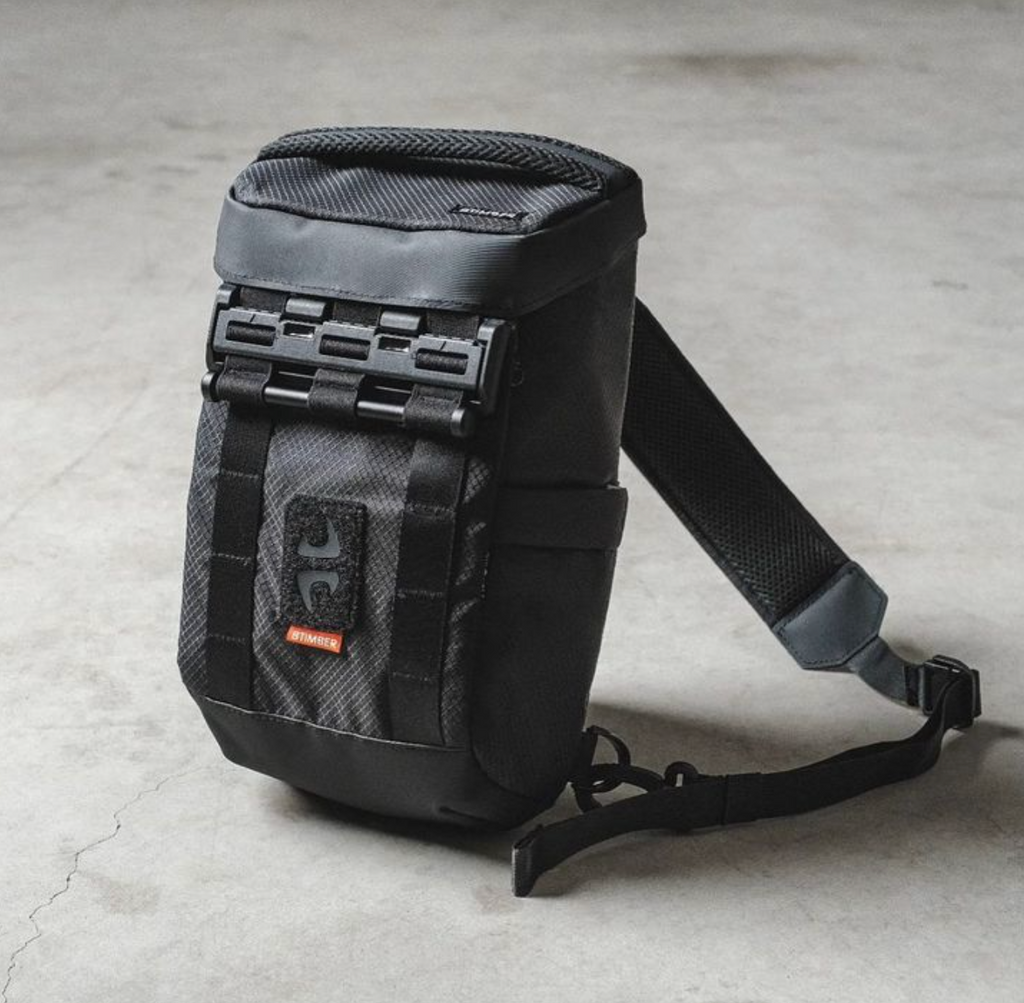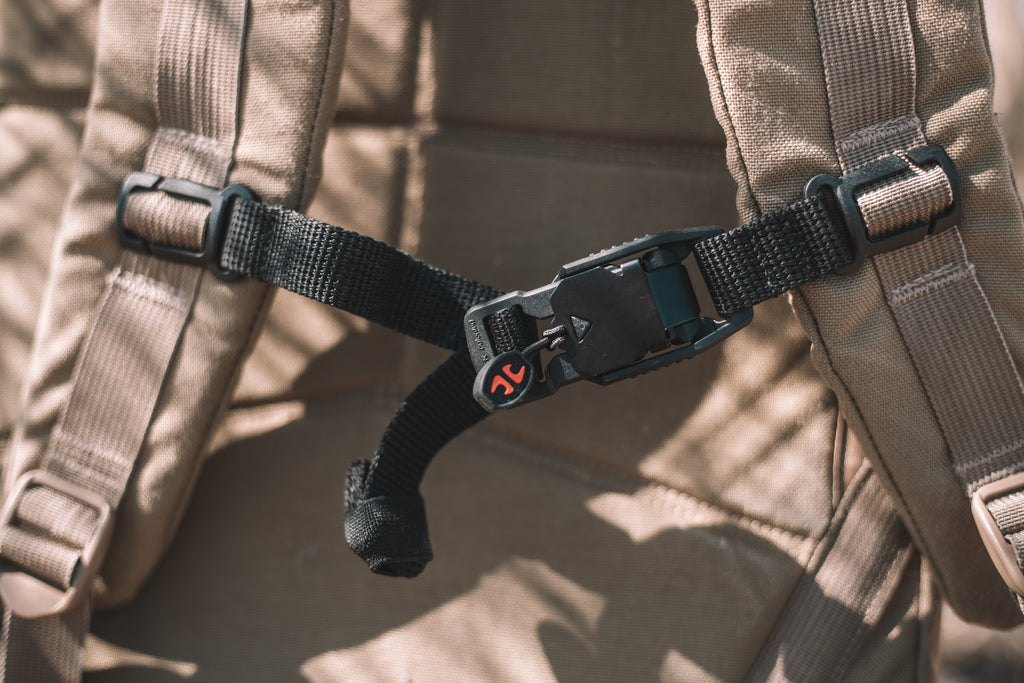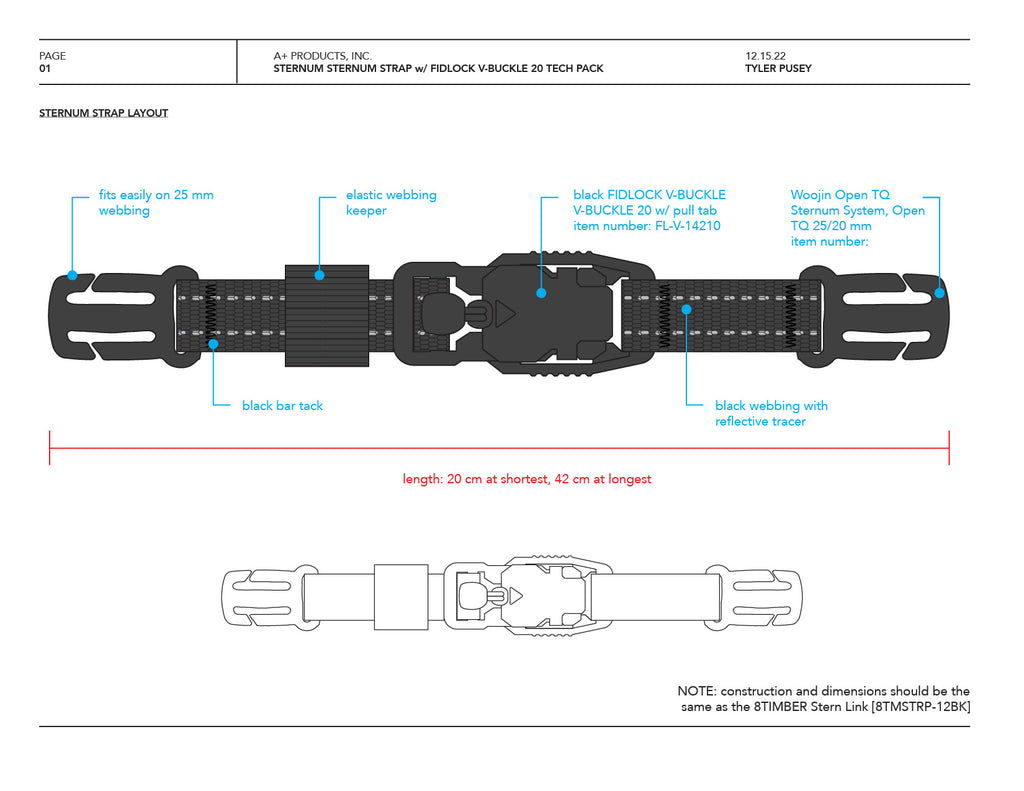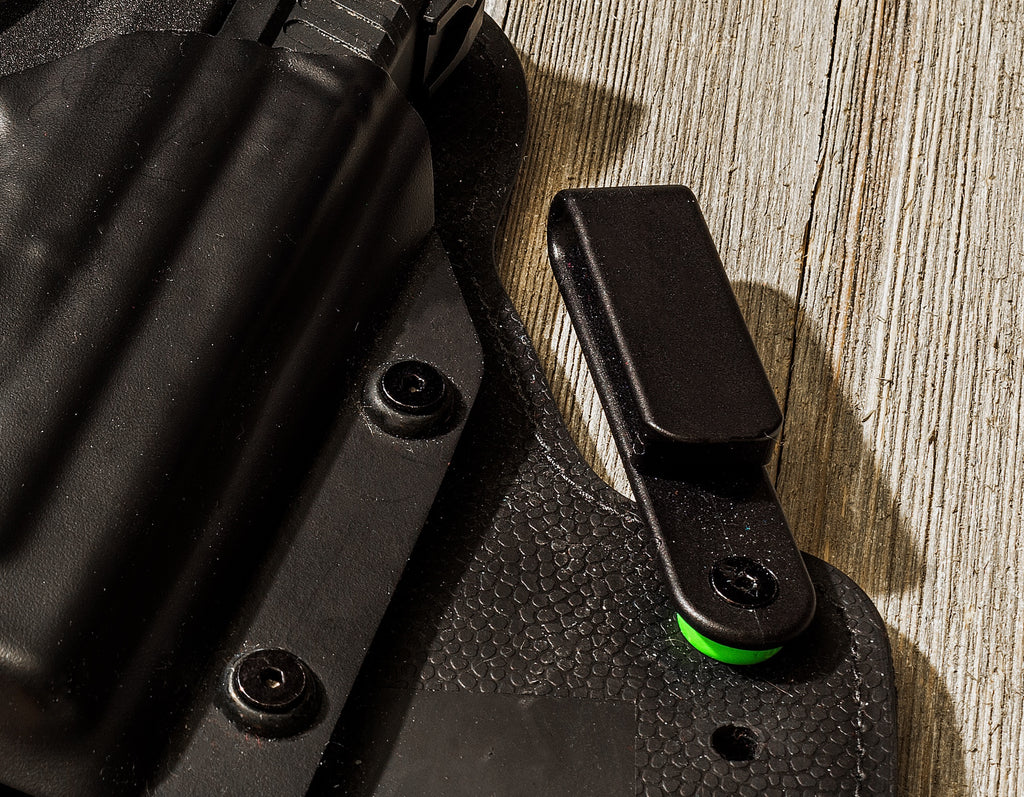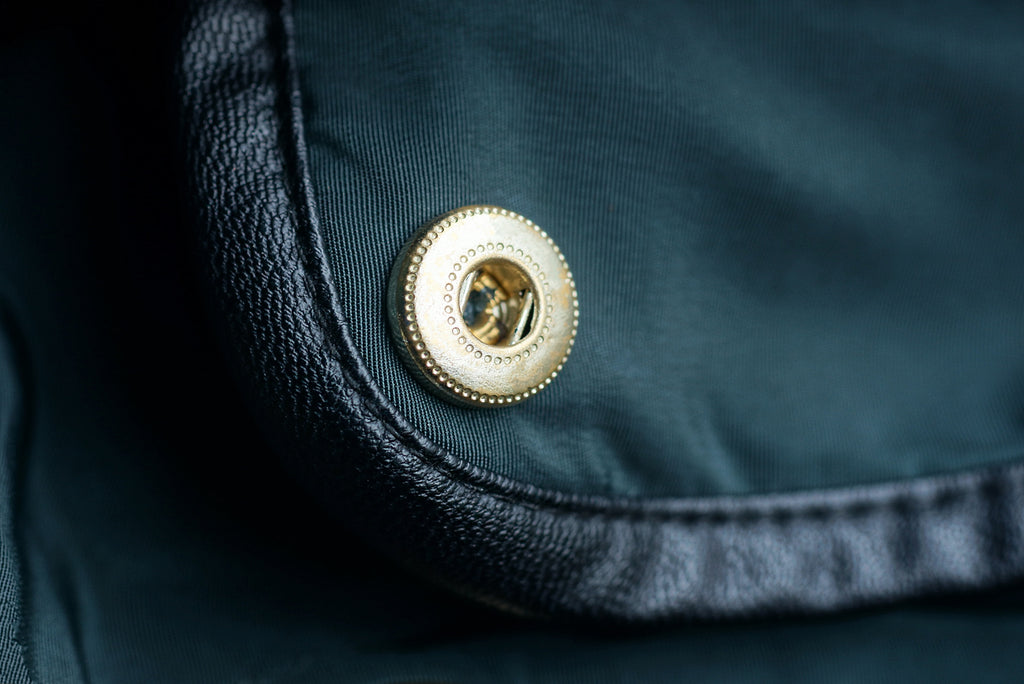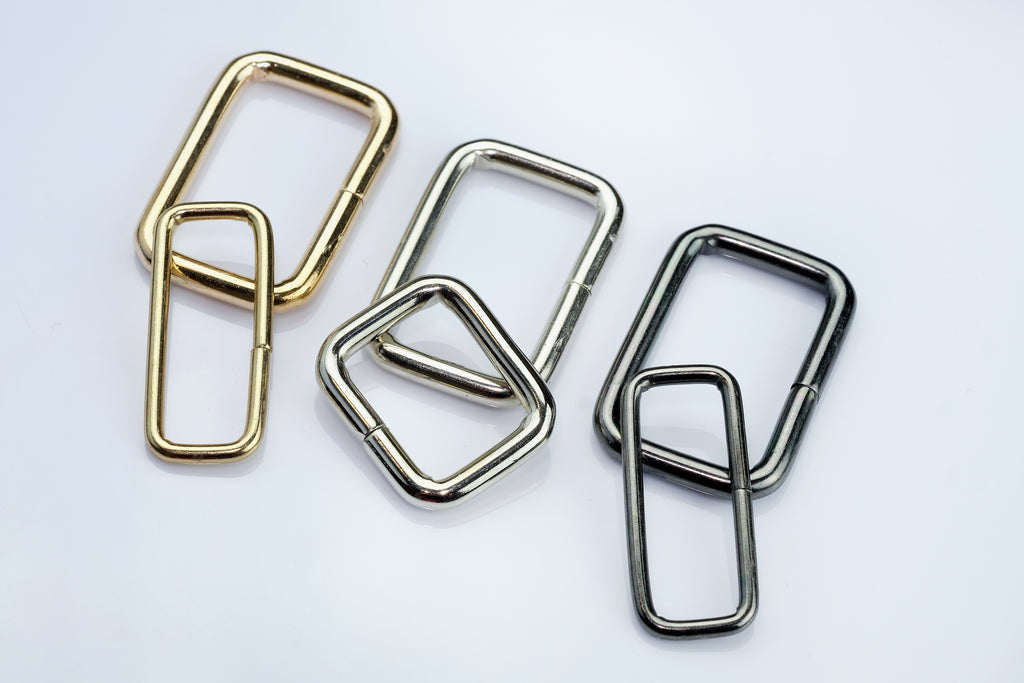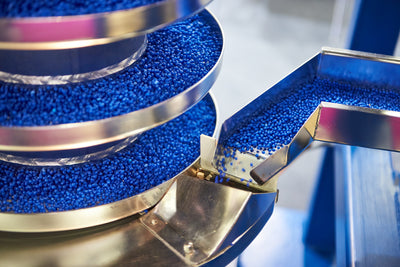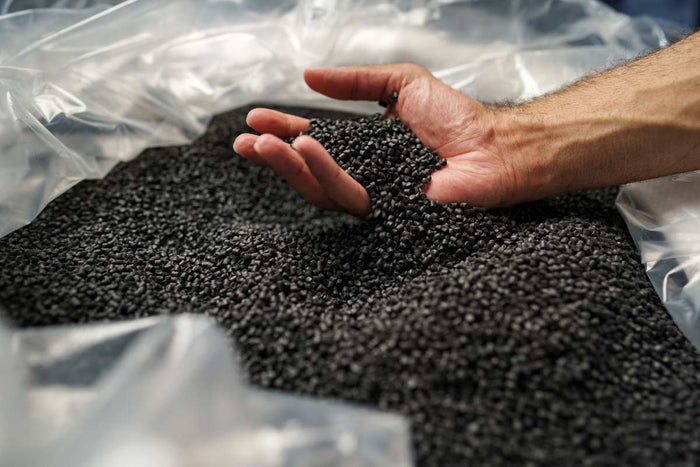
Polypropylene and nylon are both commonly used materials in the production of plastic buckles. While both materials have their own unique properties and benefits, there are some key differences between the two that may make one more suitable for a particular application than the other.
One of the main differences between polypropylene and nylon is their strength. Nylon is generally stronger and more durable than polypropylene, making it a better choice for applications that require high levels of tensile strength. Nylon is also more resistant to abrasion, making it a good choice for buckles that may be subject to wear and tear.
On the other hand, polypropylene has a number of properties that make it well-suited for certain applications. For example, it is a lightweight material, making it ideal for use in lightweight buckles and other plastic components. It is also resistant to chemicals and UV light, making it a good choice for outdoor applications.
Another key difference between polypropylene and nylon is their cost. Polypropylene is generally cheaper to produce than nylon, making it a more cost-effective choice for certain applications. However, the lower cost of polypropylene may be offset by its lower strength and durability compared to nylon.
Overall, both polypropylene and nylon have their own unique properties and benefits, and the choice between the two will depend on the specific requirements of the application. Nylon may be the better choice for applications that require high strength and durability, while polypropylene may be a more cost-effective choice for applications that do not require as much strength or that are used in outdoor environments.

